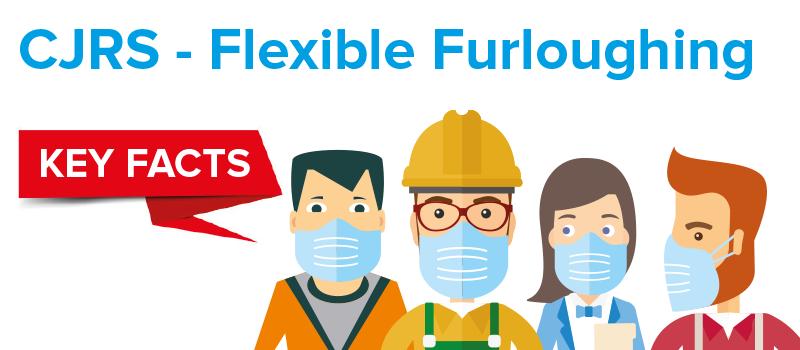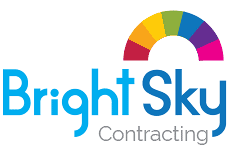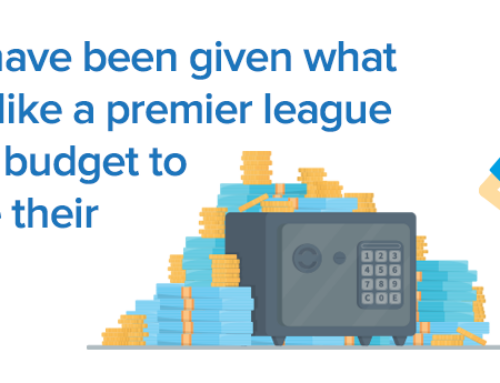
Chancellor Rishi Sunak has outlined further details on the extension of the Coronavirus Job Retention Scheme, including improved flexibility to bring furloughed employees back part time in July, and also details on a new taper requiring employers to contribute modestly to furloughed salaries from August.
The Chancellor also set out more details on how the Coronavirus Job Retention Scheme (CJRS) will continue to support jobs and business as people return to work, following the announcement of an extension of the scheme on 12 May.
So far, the CJRS has helped 1 million employers across the UK furlough 8.4 million jobs, protecting people’s livelihoods.
From 1 July 2020, businesses will be given the flexibility to bring furloughed employees back part time. This is a month earlier than previously announced to help support people back to work. Individual firms will decide the hours and shift patterns their employees will work on their return, so that they can decide on the best approach for them – and will be responsible for paying their wages while in work.
From August 2020, the level of government grant provided through the job retention scheme will be slowly tapered to reflect that people will be returning to work. That means that for June and July the government will continue to pay 80% of people’s salaries. In the following months, businesses will be asked to contribute a modest share, but crucially individuals will continue to receive that 80% of salary covering the time they are unable to work.
The scheme updates mean that the following will apply for the period people are furloughed:
- June and July: The government will pay 80% of wages up to a cap of £2,500 as well as employer National Insurance (ER NICS) and pension contributions. Employers are not required to pay anything.
- August: The government will pay 80% of wages up to a cap of £2,500. Employers will pay ER NICs and pension contributions – for the average claim, this represents 5% of the gross employment costs the employer would have incurred had the employee not been furloughed.
- September: The government will pay 70% of wages up to a cap of £2,187.50. Employers will pay ER NICs and pension contributions and 10% of wages to make up 80% total up to a cap of £2,500. For the average claim, this represents 14% of the gross employment costs the employer would have incurred had the employee not been furloughed.
- October: The government will pay 60% of wages up to a cap of £1,875. Employers will pay ER NICs and pension contributions and 20% of wages to make up 80% total up to a cap of £2,500. For the average claim, this represents 23% of the gross employment costs the employer would have incurred had the employee not been furloughed.
Chancellor Rishi Sunak said:
Our top priority has always been to support people, protect jobs and businesses through this crisis. The furlough and self-employment schemes have been a lifeline for millions of people and businesses.
We stood behind Britain’s businesses and workers as we came into this crisis and we stand behind them as we come through the other side.
Now, as we begin to re-open our country and kickstart our economy, these schemes will adjust to ensure those who are able to work can do so, while remaining amongst the most generous in the world.
Employers will be required to submit data on the usual hours an employee would be expected to work in a claim period and actual hours worked. Employees who believe they are not getting their 80% share can also report any concerns to the HMRC fraud hotline. HMRC will not hesitate to take action against those found to be abusing the scheme.
CJRS key changes:
Here’s a summary of the key changes:
From 1 July 2020, furloughed employees can return to work on a part-time basis;
- Only employees who have been furloughed for at least 3 weeks at some point prior to 30 June 2020 will be eligible to participate in the flexible furlough scheme, unless they have just returned from a long period of statutory family leave;
- Employees must be paid in full for any hours worked, but employers will be able to continue to claim from the coronavirus job retention scheme (“CJRS”) in respect of the time they are not working;
- There will not be any limit or restrictions on the working arrangements of furloughed employees – employers and employees can agree whatever working pattern they wish and employees will not need to be furloughed for a minimum of three weeks so rotations on and off furlough can be made on a more frequent basis;
- The new working arrangement will need to be agreed in writing;
- If a currently furloughed employee is to begin to work part-time after 1 July 2020, it will be necessary for their furlough agreement to be amended, or for a fresh furlough agreement to be put in place;
- The number of employees an employer can claim for in any claim period cannot exceed the maximum number they have claimed for under any previous claim.
- As highlighted above, if employers want to use the flexible furlough scheme from July, they will need to revisit their existing furlough agreements and either amend them or issue new ones.
If an employer knows in advance what working pattern it wants its employees to adopt, then this should be recorded in the new flexible furlough agreement. However if, as is more likely, an employer does not know yet when it will need its employees to work and/or wishes to retain flexibility to vary the working pattern, then an overarching flexible furlough agreement could be prepared which allows the employer to notify the employee separately of the hours they will be expected to work in advance of each working period. However, in order to comply with section 1 of the Employment Rights Act 1996, the overarching flexible furlough agreement should still clearly explain how the employee’s working hours will be determined and communicated.






